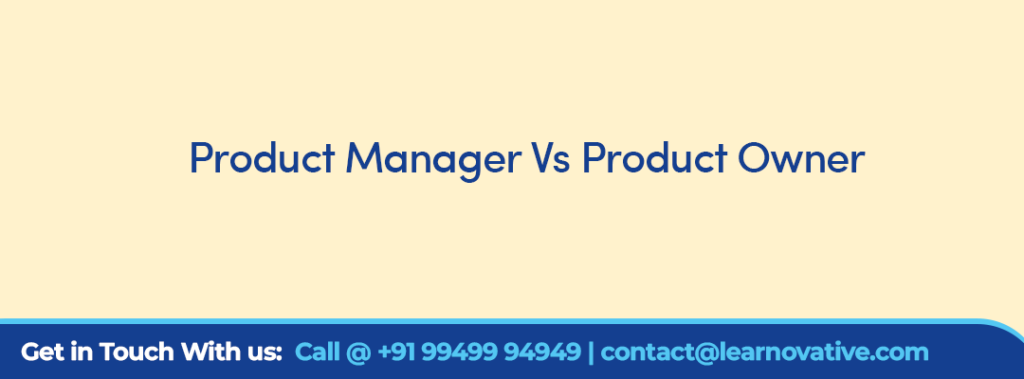
Product Managers exist since way back when Product development started in 1940s or 1950s. The oldest company used a Product Manager for software Development was Microsoft in 1980. However, the Product Owner role is new and young when compared to Product Manager. It was introduced in Scrum framework as one o the members of the Scrum Team during late 1990s.
In the old age (prior to the Product Owner role defined), the Product Managers used to conduct the market research, meeting the customers, understand the requirements and then prepare a requirements specification document. They then handover that requirements specification document to a project manager. The project manager closely works with the development teams and testing teams to get the work done. Project Manager comes into picture only to get some change requests or for any clarifications during the development. Once the development and testing was done, the product manager takes it and proceeds with the product launch, marketing etc. activities.
When Scrum introduced the Product Owner as an accountability the ideas was to have a single person empowered and accountable for the Product end to end. Also to get short circuited business and developers collaboration. However, Scrum at the same time does not cover general product management practices such as Product Vision, Roadmap, Strategy etc. In Scrum’s definition of a Product Owner, he/she is a person takes end to end Product development and management accountability in order to maximize the Product value by leveraging the agile practices. He or she must be empowered to make any decisions related to the Product at strategic and also tactical. But Scrum mainly highlights the Product Owner’s accountabilities towards product backlog management
which include:
- Developing and explicitly communicating the Product Goal
- Creating and clearly defining the Product Backlog items
- Ordering Product Backlog items
- Ensuring that the Product Backlog is transparent, visible and understood
The above activities are mostly focusing on the tactical side of the Product Development. However there are some Product Management activities that are essential as part of the Product life cycle. A product owner should also essentially know the techniques and practices of the Product management in addition to the Product Development.
So to summarize, below are the differences of Product Owner and Product Manager:
- Product Owner is an accountability whereas Product Manager is a Job/designation
- Product Owner exists only when team uses Scrum to create a Product
- In many cases the Product Manager acts as a Product owner if the team uses Scrum
- The Product Manager role exists even the team does not use Scrum
- In a startup or for a small product in an organization, perhaps the Product development and product management may be taken up by a single person.
- In a large organization and huge products, the product development and product management may be separated and taken up by different people such as a product owner for the tactical side and a product manager for the strategic side. However these both should work very closely in order for the product success and there must be a single accountability between these two persons
- Can you be a Product Owner and NOT be a Product Manager? YES
- Can you be a Product Owner and then be a Product Manager? YES
- Every Product Manager is a Product Owner? True
- Every Product Owner is a Product Manager? Not always

Recent Posts
- Stacey Matrix Vs Cynefin Framework 29/01/2025
- What is Cynefin framework 29/01/2025
- Priority vs Order of Product Backlog Items 29/01/2025
- How to make Sprint Retrospective effective? 13/12/2024
- Is the role of a Scrum Master just a renamed version of a Project Manager? 13/12/2024

